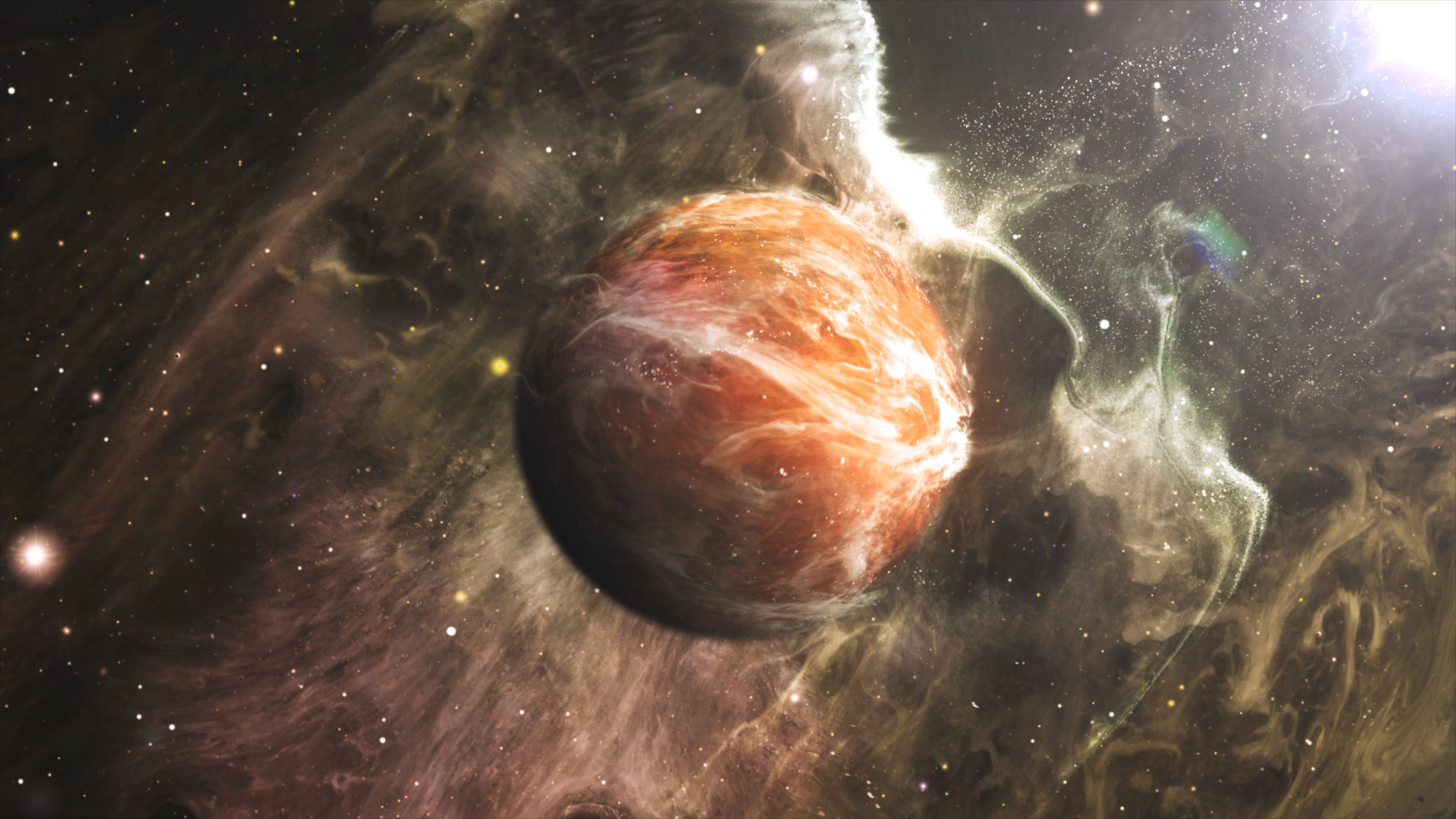‘One-off’ piece of Mars that fell to Earth could reveal when aliens might have lived on red planet
The new research came from examination of a Martian meteorite known officially as NWA 7034, and more commonly as black beauty

A unique piece of Mars that fell to Earth could help reveal when alien life might have been present on Mars.
Scientists say that grains found in a meteorite that was found in 2013 include minerals that could shed light on the history of the red planet.
The meteorite is the first evidence of high-intensity damage that would have been caused by an asteroid impact on the planet.
It suggests that the surface of the early Mars might have been hit by dramatic impacts from asteroids, of the kind that killed the dinosaurs on Earth.
The new research came from the examination of a Martian meteorite known officially as NWA 7034, and more commonly as black beauty. It weighs 320 grams and was reported found in Morocco in 2011.
The meteorite is already thrilling to scientists. When it was examined in 2013 it was shown to be unlike any other object found from Mars and is over two billion years old – meaning that scientists can use it to look back into the history of Mars.
Now researchers have done so, picking through the variety of rock fragments and minerals that make up the asteroid to find a zircon. It is that zircon that includes evidence of the kind of damage that only happens when large meteorites crash into a planet.
“This grain is truly a one-off gift from the Red Planet. High-pressure shock deformation has not previously been found in any minerals from Black Beauty. This discovery of shock damage in a 4.45 billion-year-old Martian zircon provides new evidence of dynamic processes that affected the surface of early Mars,” said Morgan Cox, a scientist at Curtin University and lead author on a paper describing the findings.
“The type of shock damage in the Martian zircon involves ‘twinning’, and has been reported from all of the biggest impact sites on Earth, including the one in Mexico that killed off the dinosaurs, as well as the Moon, but not previously from Mars.”
The findings could help build a picture of how habitable the early Mars might have been – suggesting that the conditions for life might have occurred more recently than we realised.
“Prior studies of zircon in Martian meteorites proposed that conditions suitable for life may have existed by 4.2 billion years ago based on the absence of definitive shock damage,” said Aaron Cavosie, a co-author on the paper.
“Mars remained subject to impact bombardment after this time, on the scale known to cause mass extinctions on Earth. The zircon we describe provides evidence of such impacts, and highlights the possibility that the habitability window may have occurred later than previously thought, perhaps coinciding with evidence for liquid water on Mars by 3.9 to 3.7 billion years ago.”
The research is described in a new paper, ‘Impact and habitability scenarios for early Mars revisited based on a 4.45-Ga shocked zircon in regolith breccia’, published in Science Advances.
Subscribe to Independent Premium to bookmark this article
Want to bookmark your favourite articles and stories to read or reference later? Start your Independent Premium subscription today.

Join our commenting forum
Join thought-provoking conversations, follow other Independent readers and see their replies